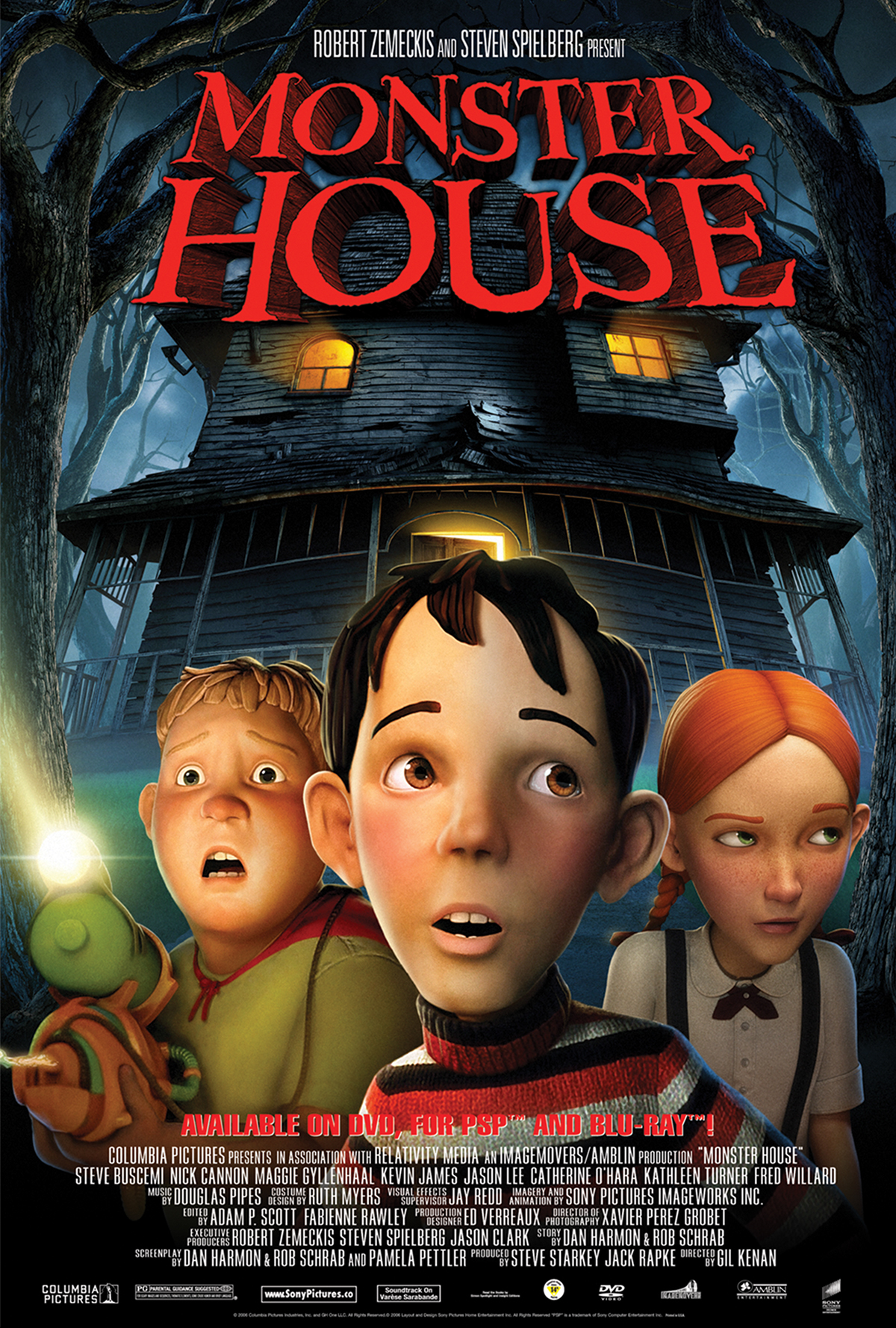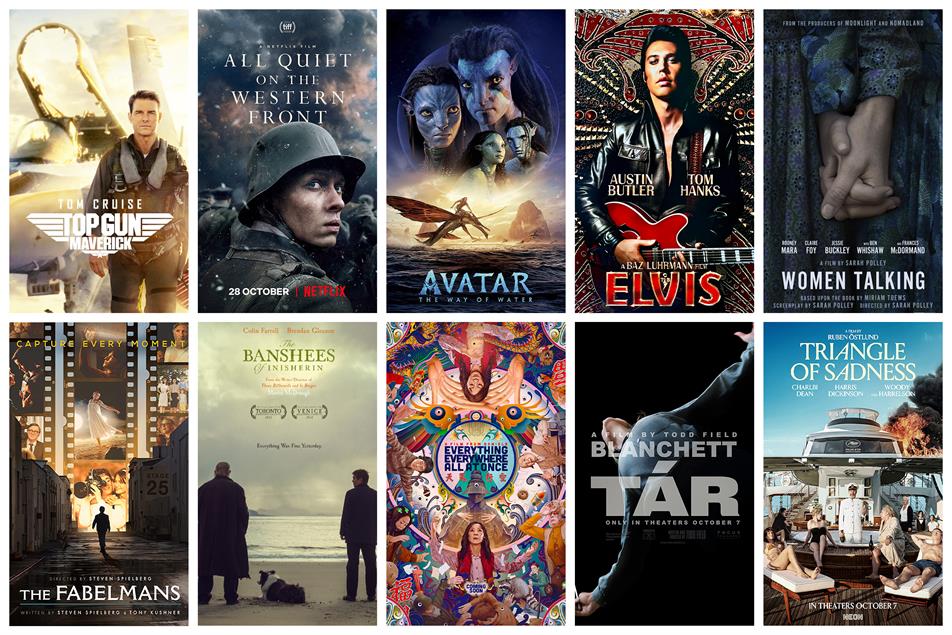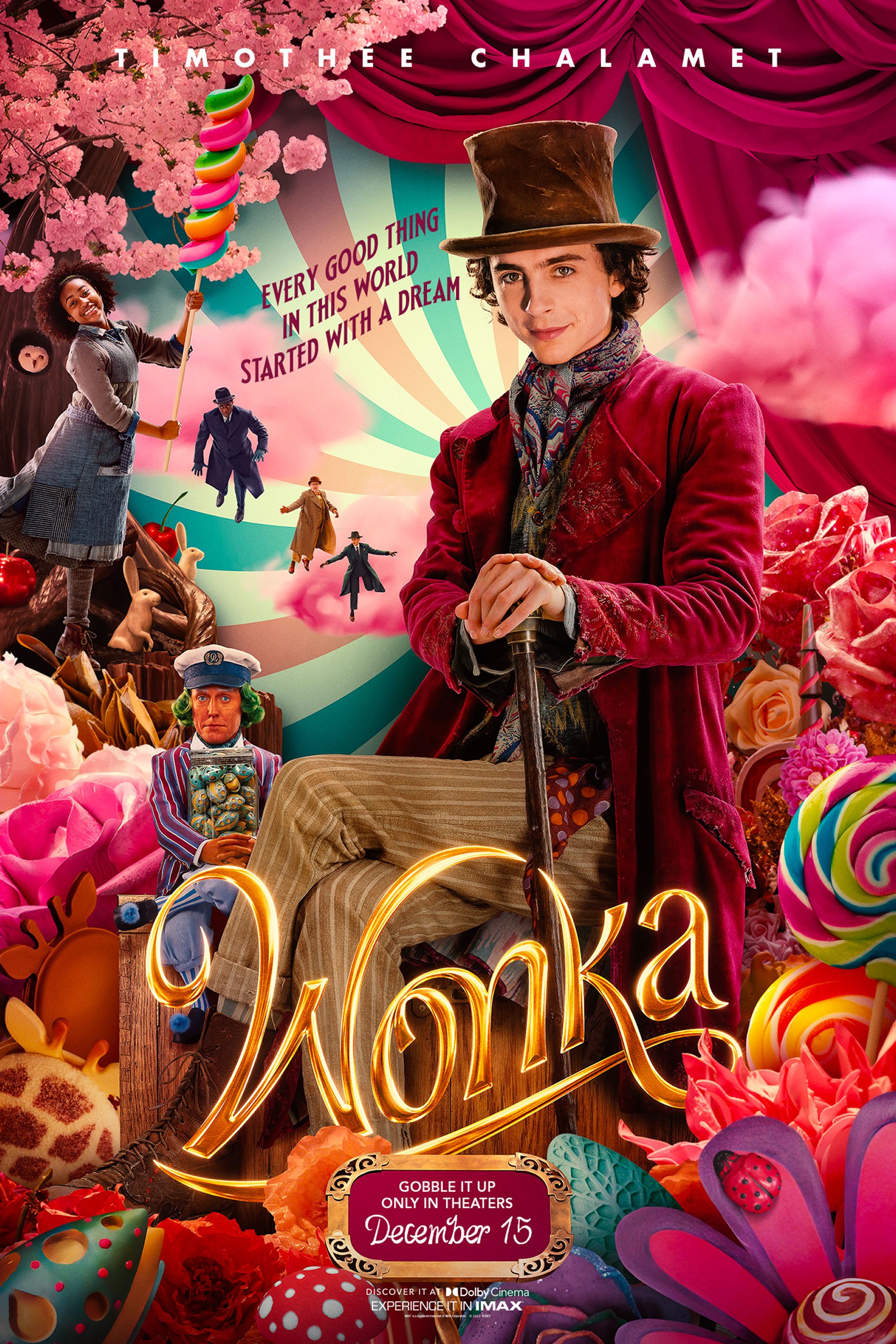Discover Where 'I Still Believe' Was Filmed: A Look At The Movie's Real-Life Settings
Have you ever watched a movie, felt deeply moved by its story, and then found yourself wondering about the places that brought it all to life? It's a rather common feeling, you know, to connect with the setting as much as the characters. When it comes to "I Still Believe," the powerful true story of Christian music artist Jeremy Camp and his incredible journey of love and loss, many viewers feel that very pull. This film, a truly heartfelt look at faith and resilience, has a way of staying with you, making you curious about every little detail, including, of course, where was the movie i still believe filmed.
This movie, which tells such a touching and, in some respects, heartbreaking story, truly captivated audiences with its honest portrayal of a young man's faith put to the ultimate test. It's a narrative that, quite frankly, resonates with a lot of people, especially those who've faced tough times or who appreciate stories about enduring hope. So, it's pretty natural to want to know more about the backdrop for such a significant tale, isn't it?
Knowing the actual spots where a film was shot can, in a way, deepen your appreciation for the story itself. It allows you to picture the scenes in real places, adding another layer to the narrative you've just experienced. For "I Still Believe," a movie that, you know, is based on real events, understanding its filming locations helps ground the emotional journey in a tangible world, making it all feel that much more authentic and, well, real.
Table of Contents
- The Heart of the Story: Finding the Right Backdrop
- Bringing Jeremy Camp's Life to the Screen
- Beyond the Main Stage: Other Notable Spots
- The Impact of Location on the Film
- Frequently Asked Questions About 'I Still Believe' Filming
- Conclusion: The Lasting Impression of a Powerful Story
The Heart of the Story: Finding the Right Backdrop
When filmmakers set out to tell a true story, picking the right places to shoot is, like, super important. It's not just about finding pretty scenery; it's about finding spots that, you know, really feel like the story's home. For "I Still Believe," the team needed locations that could convincingly stand in for the various stages of Jeremy Camp's early life and career, from his college days to his first performances and, very importantly, the emotional moments with Melissa. This careful selection truly helps the audience connect with the narrative.
The Primary Filming Location: Shreveport, Louisiana
So, where was the movie i still believe filmed, you ask? The main answer, and arguably the most significant one, is Shreveport, Louisiana. This city, located in the northwestern part of the state, served as the primary setting for much of the film's production. It's a place that, apparently, offers a good mix of urban and natural landscapes, which can be pretty helpful for a movie that covers different periods and settings in a person's life. The crew spent a good amount of time there, capturing many of the film's memorable scenes.
Filming in Shreveport allowed the production to create the atmosphere needed for the story, from college campuses to concert venues and hospital rooms. The city, in a way, became a character itself, providing the backdrop for Jeremy and Melissa's blossoming relationship and the trials they faced. It's interesting how, sometimes, a city can just feel right for a certain kind of story, and for this film, Shreveport really stepped up to the plate, offering its unique charm and versatility to the filmmakers.
Why Shreveport Was the Perfect Fit
There are several good reasons why Shreveport, Louisiana, was chosen as the central hub for filming "I Still Believe." For one thing, Louisiana offers some rather attractive incentives for film productions, which can make a big difference for a movie's budget. Beyond the financial aspects, though, Shreveport itself possesses a certain look and feel that worked well for the film's needs. It has a mix of older, charming buildings and more modern areas, allowing the crew to easily transform various spots to fit the story's different time periods and settings. It's almost like a blank canvas, you know, ready to be painted with the story.
The local community in Shreveport also played a big part. Film crews often rely on local talent, resources, and, you know, general cooperation from the people living there. Shreveport has a growing film industry presence, meaning there's already an infrastructure in place to support large productions. This can make the whole process much smoother, from finding extras to securing permits and accessing equipment. So, in many respects, it was a practical choice that also offered the right visual elements for the film's emotional depth and narrative flow.
Bringing Jeremy Camp's Life to the Screen
Translating a real person's life story to the big screen is, arguably, a delicate process. It involves not just getting the facts right, but also capturing the spirit and emotion of the events. For "I Still Believe," this meant meticulously recreating environments that felt authentic to Jeremy Camp's experiences. The choice of filming locations was very much a part of this effort, aiming to ground the powerful narrative in believable surroundings, making the audience feel like they're truly stepping into his world.
Transforming Locations for Authenticity
Within Shreveport, various specific locations were transformed to represent different aspects of Jeremy Camp's life. For instance, scenes depicting his college days were filmed at local universities or college-like settings. Concert scenes, which are pretty important given Jeremy's musical career, were likely shot in actual venues or spaces that could be dressed to look like concert halls. Hospital scenes, sadly a significant part of Melissa's story, would have required specific medical facility sets or actual hospitals willing to host the production. This kind of detailed transformation is, you know, crucial for making the story feel genuine.
The production design team, I mean, they had a big job. They had to make sure that each location, whether it was a cozy coffee shop where Jeremy and Melissa might have met or a grand stage where he performed, felt right for the period and the emotional weight of the scene. It’s not just about finding a building; it’s about making that building tell part of the story, in a way. This dedication to visual accuracy helps the audience suspend their disbelief and really get lost in the film, which is, honestly, what you want from a movie based on a true story.
Capturing the Essence of the Story
Beyond just the physical appearance, the locations chosen for "I Still Believe" also needed to help capture the very essence of Jeremy and Melissa's story. The film is, after all, about love, faith, and facing unimaginable hardship with hope. The environments had to reflect these themes. Think about it: a bright, hopeful setting for their early courtship, then perhaps more somber or sterile environments for the challenges they faced. The atmosphere created by the surroundings can, you know, really amplify the emotions on screen.
The filmmakers, I'm sure, considered how the light would fall, how the spaces would feel, and how they would contribute to the overall mood of each scene. It's a subtle art, but a very important one. By carefully selecting and crafting these settings, they helped to tell a story that, in a way, transcends just the words and performances. The locations themselves become silent witnesses to the triumphs and heartaches, adding a quiet depth to the narrative that, honestly, you might not even notice consciously but feel deeply.
Beyond the Main Stage: Other Notable Spots
While Shreveport, Louisiana, was the primary base for "I Still Believe," it's pretty common for films to use a variety of locations, even if they're all within a general area. Sometimes, a specific scene might require a very particular type of building or landscape that's just a little bit outside the main city. Or, you know, certain exterior shots might be needed that offer a different visual texture. This can mean venturing into nearby towns or even just different parts of the wider Shreveport-Bossier City metropolitan area to find that perfect spot.
It's worth noting that films often combine several different locations to create a seamless world on screen. A university campus might be made up of buildings from two different schools, or a single house might have interiors shot on a soundstage and exteriors at a real residence. For "I Still Believe," while the bulk of the work was in Shreveport, it's very likely that various other specific sites within the region were utilized to piece together the visual tapestry of Jeremy Camp's journey. This approach allows for greater flexibility and, you know, helps achieve the desired look for every single frame of the movie.
For instance, if the story required a very specific kind of natural landscape, like a particular type of forest or a quiet lake, the crew would have sought out those elements in the surrounding areas of Louisiana. The state, after all, offers a pretty diverse range of scenery, from bayous to pine forests, which can be quite useful for filmmakers. So, while Shreveport was the anchor, the cinematic world of "I Still Believe" was, in a way, stitched together from various authentic settings, all contributing to the film's visual richness and emotional resonance.
The Impact of Location on the Film
The choice of where was the movie i still believe filmed isn't just a logistical decision; it really impacts the final product. The physical environment on screen contributes significantly to the mood, authenticity, and overall impact of a story, especially one based on real events. For "I Still Believe," the locations helped to ground the emotional intensity of Jeremy and Melissa's journey, making their experiences feel more tangible and relatable to the audience. It's almost like the setting itself becomes a silent narrator, you know, adding context and depth.
Imagine trying to tell a story about a musician's rise without believable concert venues, or a love story without charming, intimate settings. It would be, frankly, pretty hard to pull off. The specific locations chosen for "I Still Believe" allowed the filmmakers to create a visual world that supported the narrative's themes of faith, hope, and perseverance through adversity. They provided the necessary backdrop for the actors to truly inhabit their roles and for the audience to fully immerse themselves in the story. So, in a way, the locations were just as important as the script or the performances in bringing this powerful true story to life on screen. They helped to build the world where Jeremy and Melissa's love story, and their struggles, unfolded, making it all feel very, very real.
Frequently Asked Questions About 'I Still Believe' Filming
When people get really into a movie, they often have lots of questions, especially about how it was made. Here are a few common ones about the filming of "I Still Believe," which, you know, might pop into your head too.
Was 'I Still Believe' filmed where Jeremy Camp actually lived?
No, not exactly. While "I Still Believe" tells the true story of Jeremy Camp, the movie was primarily filmed in Shreveport, Louisiana. Jeremy Camp, you know, spent much of his early life and career in other parts of the country, particularly in Indiana and California. So, the filmmakers chose locations that could visually represent those places rather than shooting in the exact real-life towns or buildings where events happened. It's pretty common for movies to do this for various reasons, like film incentives or the availability of suitable locations.
What colleges were used for the filming of 'I Still Believe'?
The specific colleges used for filming "I Still Believe" were primarily located within the Shreveport, Louisiana area. While the movie depicts Jeremy Camp attending college, the production team utilized local academic institutions or settings that could convincingly double as college campuses. This allowed them to capture the authentic feel of student life and early relationships without necessarily using the exact real-life universities Jeremy Camp attended. It's all about creating the right visual for the story, you know.
How long did it take to film 'I Still Believe'?
The principal photography for "I Still Believe" lasted for about 27 days. This might seem like a pretty quick turnaround for a feature film, but it's not entirely unusual, especially for a movie with a focused narrative and, you know, a clear vision. Efficient planning and execution by the cast and crew allowed them to complete the bulk of the filming within this relatively short timeframe, bringing Jeremy Camp's powerful story to the screen in a timely manner. It just goes to show what a dedicated team can accomplish.
Conclusion: The Lasting Impression of a Powerful Story
So, we've explored the answer to "where was the movie i still believe filmed," uncovering that Shreveport, Louisiana, played a central role in bringing Jeremy Camp's poignant story to the big screen. The choices made about these filming locations were, you know, clearly intentional, aiming to create a backdrop that felt both authentic to the narrative and visually compelling for the audience. From recreating college life to capturing the emotional weight of significant moments, these settings truly helped to shape the film's powerful impact. It's pretty amazing how much thought goes into every detail of movie making, isn't it?
The film "I Still Believe" is more than just a collection of scenes; it's a testament to enduring faith and love in the face of immense challenges. The places where it was shot contributed significantly to that feeling, allowing viewers to connect more deeply with Jeremy and Melissa's journey. If you haven't seen it yet, or if you'd like to revisit the story with this new insight into its settings, it's definitely worth a watch. You can learn more about Christian films on our site, and perhaps discover other inspiring true stories like this one. Also, for more insights into the making of such heartfelt movies, you might find details on this page about movie productions. It's a story that, you know, continues to resonate with many people, and understanding its physical creation only adds to its depth.

Movie Posters :: Behance

And the Oscar goes to... a review of the 2023 film posters

Wonka's 9 Biggest Differences From Roald Dahls' Book & Past Movies